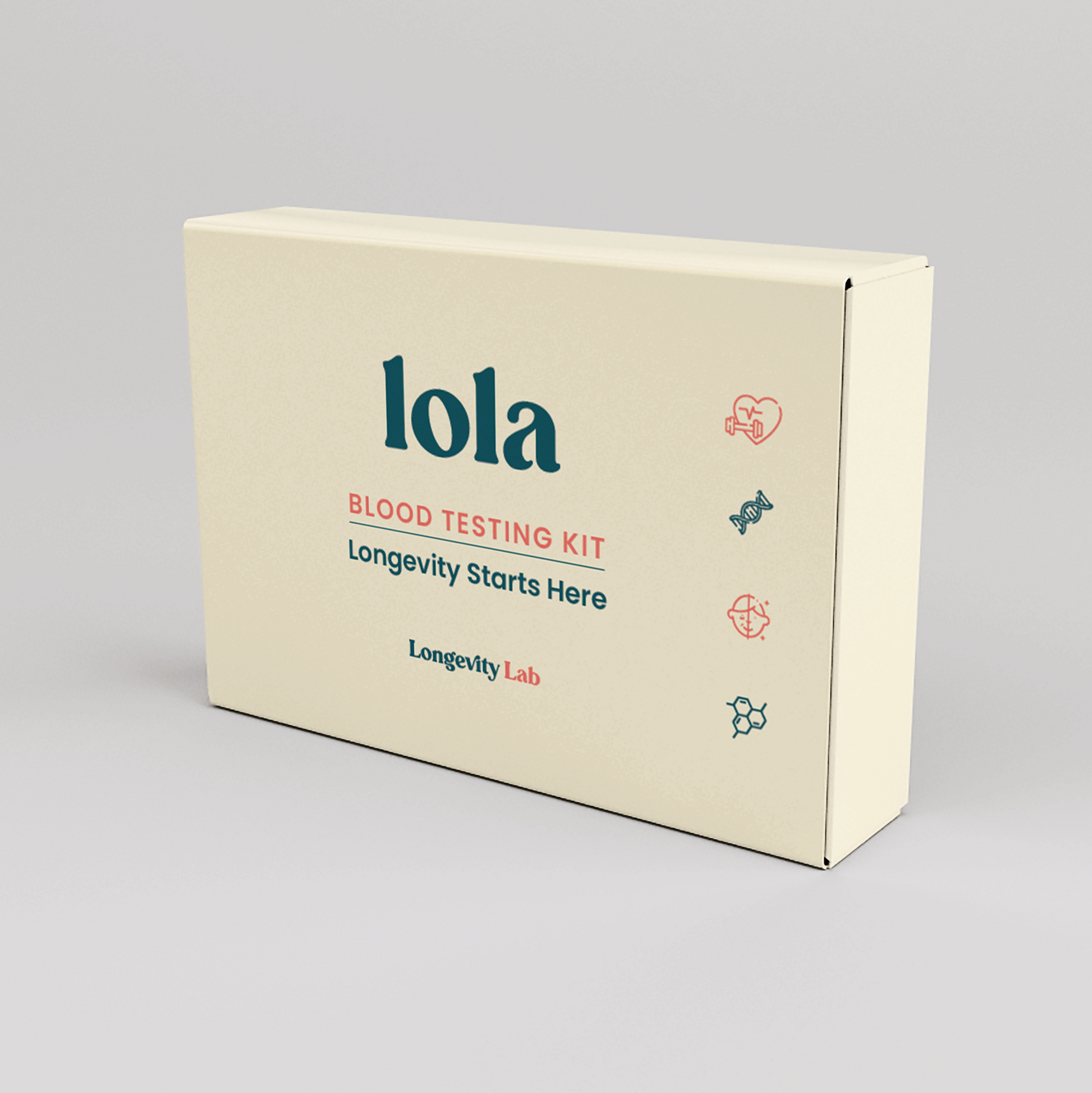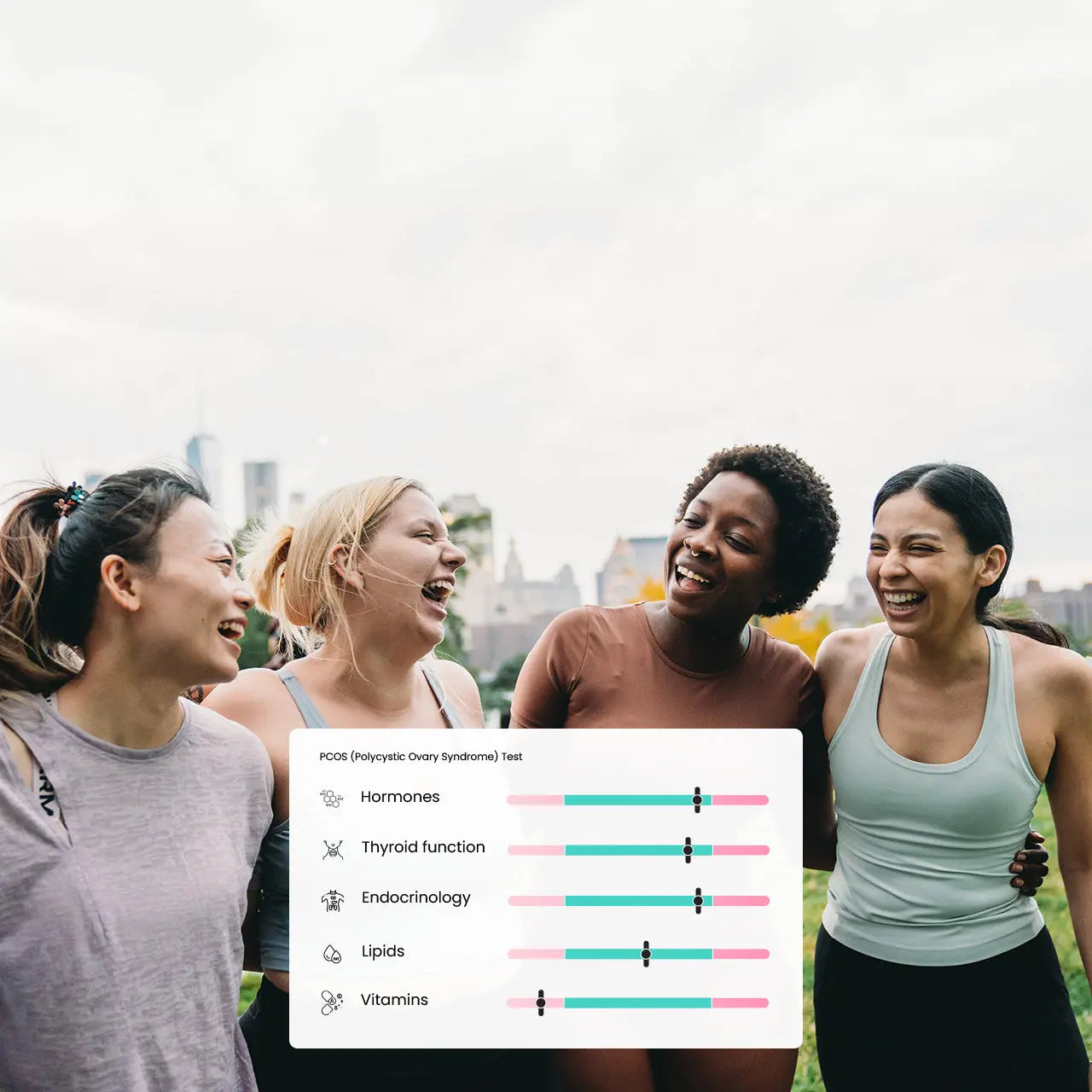





About this test
Symptoms
Who should be test
When to test
What's measured
step 1
Choose your test
The user or the partner selects one of Lola's existing tests, each assigned a unique code linking the test to the partner. This code ensures proper tracking for referrals, results access, or both, depending on the partnership type.

step 2
Choose a date/time for sample collection
The user schedules a sample collection during checkout, choosing from Lola's available options (at home, clinic visits) or opts for the partner to perform the blood draw if their partnership supports it.

step 3
Blood sample taken and sent to Lab
Samples are analysed at our CQC-compliant and NHS-standard labs, providing accurate and detailed breakdowns for each test.

step 4
Personalised Doctor Review
Results are made available through Lola's intuitive partner portal, complete with actionable insights and customisable reporting options for the partner and user.





What gets tested
Complete panel for your health
Cardiovascular Health
Diabetes
Inflammation
Reproductive Hormones
Sex Steroid Hormones
Stress Hormones
Thyroid Function
Vitamins and Minerals






About this test
Symptoms
Who should be test
When to test
What's measured
step 1
Choose your test
The user or the partner selects one of Lola's existing tests, each assigned a unique code linking the test to the partner. This code ensures proper tracking for referrals, results access, or both, depending on the partnership type.

step 2
Choose a date/time for sample collection
The user schedules a sample collection during checkout, choosing from Lola's available options (at home, clinic visits) or opts for the partner to perform the blood draw if their partnership supports it.

step 3
Blood sample taken and sent to Lab
Samples are analysed at our CQC-compliant and NHS-standard labs, providing accurate and detailed breakdowns for each test.

step 4
Personalised Doctor Review
Results are made available through Lola's intuitive partner portal, complete with actionable insights and customisable reporting options for the partner and user.





What gets tested










